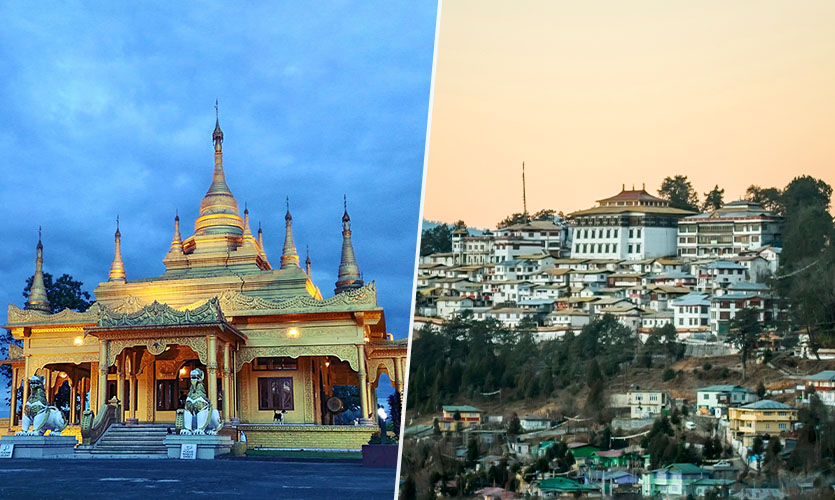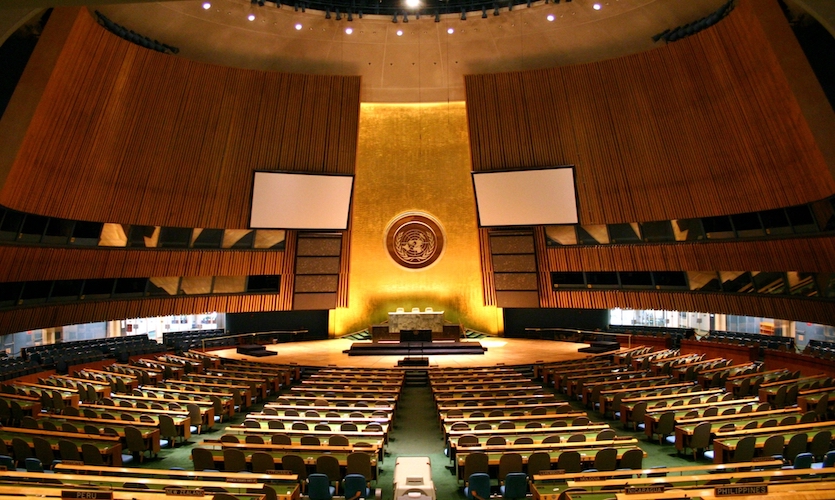India’s battle against the second wave of COVID-19 has proven to be more challenging and far worse than what it battled last year.
Just over three and a half months into 2021, regular cases have not only exceeded the peak of 2020 but have more than tripled. The pandemic’s effect is evident across the nation, with bodies stacking up in crematoriums and long lines of ambulances outside hospitals, unavailability of medical equipment, and shortage of oxygen cylinder supplies.
It is not just the metro cities that are reporting the maximum number of cases, the impact is seen in smaller towns as well. Fresh cases once again touched a new peak of 3.46 lakh in a single day in India while deaths hit a grim new record of 2,600 on April 23. India has now reported close to a million new cases (9.94 lakh) in just three days, while Friday was also the fourth day in a row in which India reported more than 2,000 deaths in 24 hours.
Despite the scope of the health crisis, election rallies, protests, and religious gatherings have persisted, raising concerns about the extent to which the deadly virus is being combated. This has undoubtedly made the elections and the Kumbh Mela India’s COVID-19 super spreaders.
Read more about why the second wave of COVID-19 in India is affecting children.
After an appeal from Prime Minister Narendra Modi, the organizers of the Kumbh Mela only endeavoured people not to gather in large numbers in Haridwar on April 17.
From March 1 to April 22 the daily cases have seen a 6000 percent rise in poll-bound Bengal and by over 450 per cent between 1 April when the Kumbh Mela started and 17 April when the religious congregation was called off.
Assembly Elections
The state of West Bengal reported its highest spike of 11,948 cases and 56 deaths when the sixth phase of polling ended on Thursday, April 22. The COVID-19 cases jumped by 3,489 percent in just 7 days.
West Bengal reported 198 cases on February 1 but touched 6,910 cases on April 16. The elections in the states are being conducted in eight phases with voting for the remaining two phases are yet to take place.
On one hand, when the entire nation is battling to meet the medical needs of the people who have found themselves in the clutches of the virus, massive public rallies are conducted by the parties in complete disregard of the pandemic, flouting all the Covid related norms. Hundreds of people were seen with no masks, in close proximity to others for long periods of time, and social distancing kept at bay. The state is at par with the worst-hit state of Maharashtra.
The COVID-19 situation is equally worrying in other poll-bound states of Tamil Nadu, Assam, Kerala, and the Union Territory of Puducherry. All of these have seen a spike in the number of cases following campaigning for the Assembly polls.
Tamil Nadu has seen a jump of 1,683 per cent, where the daily cases have jumped from 502 on March 1 to 8,449 on April 16. The cases in Kerala, too, have tripled from 3,459 on February 1 to 10,031 on April 16.
The daily cases jumped from 13 on February 1 to 573 on April 16 in Assam where the polling was conducted in three phases, indicating a 4,407 percent increase in daily cases in just over two and half months.
The Election Commission on April 22 banned roadshows, padayatras, and rallies, and restricted the maximum attendees at campaign meetings to 500 after the Calcutta High reprimanded over the handling of the election amid the second wave
Kumbh Mela
Over 48.51 lakh ash-smeared ascetics and devout Hindus rushed to take a dip in the holy Ganges during a religious festival of Kumbh Mela which began on April 1.
Due to time constraints, the police were unable to enforce standard operating procedures (SOPs) on the akhara seers flocking Har Ki Pairi ghat on the two main bathing days.
Uttarakhand reported merely 500 cases when the Kumbh Mela began. However, the world’s largest religious gathering confirmed fears that it may contribute further to the rapid rise in Coronavirus cases when nearly 2000 people tested positive in such a small area of Kumbh Mela. By April 17, when it was finally called off, the daily cases had grown to 2,757.
Prime Minister Narendra Modi said that the religious congregation should only see symbolic participation due to the COVID-19 crisis. A number of seers have also come out in support of the Prime Minister’s appeal.
States like Karnataka already announced guidelines for districts and municipal corporations specifically for the Kumbh Mela returnees.










